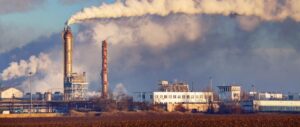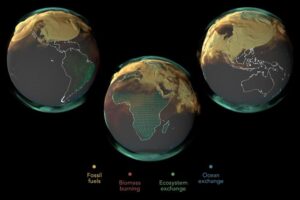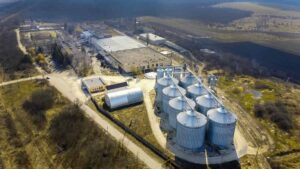Introduction
The gas analysis industry is currently undergoing a significant transformation, driven by technological advances and the growing need for environmental and industrial safety. The global industrial gases market, valued at $91.19 billion in 2022, is forecasted to reach $97.81 billion in 2023 and further expand to $127.72 billion by 2027, illustrating a robust compound annual growth rate (CAGR) of 6.9%.
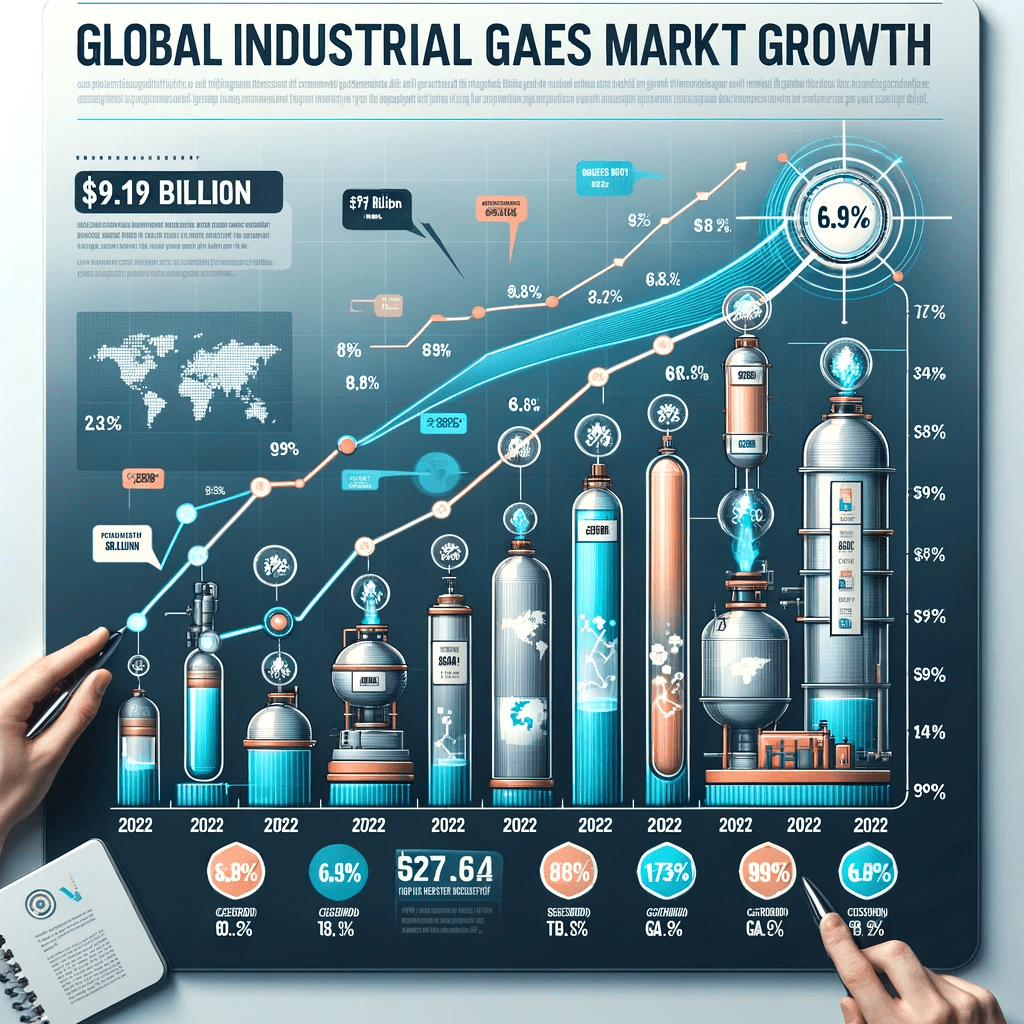
The Pivotal Role of Industrial Gases
These gases are not just integral to the oil and gas industry, but also play critical roles in healthcare, food and beverage, and electronics sectors. Their applications are diverse, ranging from enhancing production in oil and gas through advanced extraction techniques to safety processes like gas purging, inerting, and cryogenic applications in storage and transportation. They are also crucial in welding and cutting processes, showcasing their indispensability in modern industries.
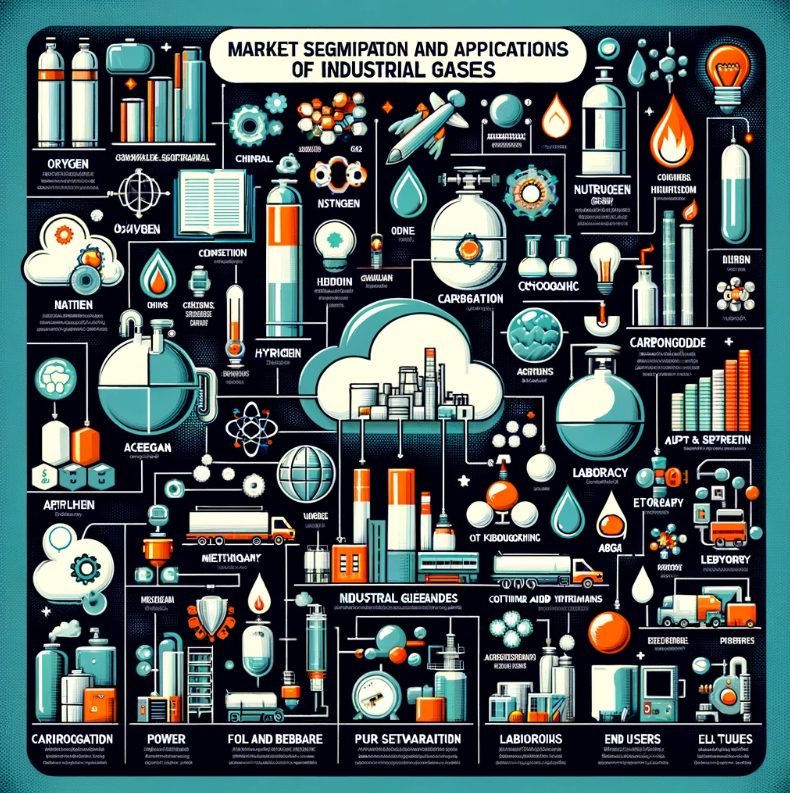
To elaborate further, in healthcare, industrial gases like oxygen and nitrogen are used in respiratory therapies and sterilization processes. In the food and beverage industry, gases like carbon dioxide are used for carbonation and packaging, preserving food quality and extending shelf life. The electronics sector utilizes gases for the production of semiconductors and other components, where purity and precision are paramount.
Overall, industrial gases are foundational to numerous industries, contributing to advancements in production efficiency, safety standards, and innovation. Their wide-ranging applications underscore their pivotal role in supporting and driving industrial and technological progress.
Leading Companies and Innovations
In this section, we focus on the major players in the industrial gases market and their innovative contributions. Key companies include BASF SE, Linde plc, Air Liquide S.A., and others, each playing a significant role in shaping the industry’s landscape.
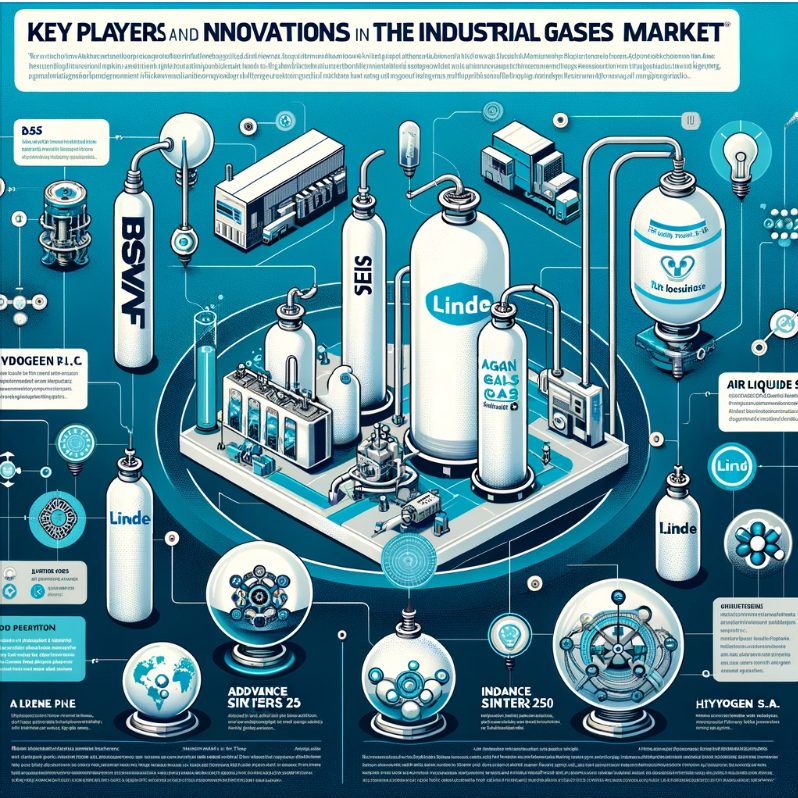
Linde plc, for instance, introduced ADDvance Sinter250 in September 2020. This is an innovative argon/hydrogen gas mixture designed for optimal atmospheric conditions in sintering furnaces, catering to customers using metal 3D printing technology. This development represents the kind of cutting-edge innovation that is driving the industry forward, with companies continuously striving to introduce new gas mixtures and solutions to maintain their competitive edge and meet evolving market demands.
Such innovations are not just technological feats but also reflect the industry’s commitment to adapting to new industrial needs, enhancing efficiency, and contributing to sustainable practices. These companies are at the forefront of advancing the applications of industrial gases, showcasing the dynamic and forward-thinking nature of this sector.
Market Segmentation and Applications
The market segmentation of industrial gases is diverse, ranging from oxygen, nitrogen, and hydrogen to carbon dioxide and argon. These gases find applications in packaging, coolant systems, carbonation, cryogenics, and cutting and welding processes. The end users span industries like metallurgy, healthcare, chemical, food and beverage, and electronics.
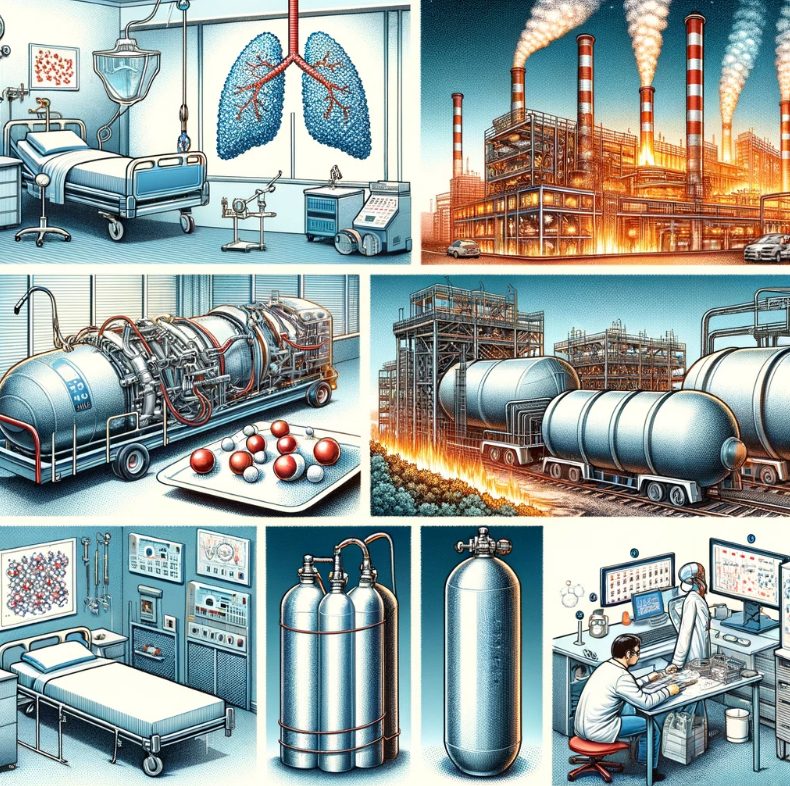
For example, Oxygen is extensively used in healthcare for respiratory treatments and in metallurgy for steelmaking processes. Nitrogen finds its use in food packaging as a preservative and in electronics for creating inert atmospheres. Hydrogen is pivotal in chemical manufacturing and as a clean energy source. Carbon dioxide is used in carbonation in the beverage industry and in fire suppression systems.
Furthermore, these gases are distributed in different forms such as on-site production, bulk delivery, or in cylinders, catering to the varying needs of end users in sectors like metallurgy, healthcare, chemical processing, food and beverage, oil and gas, power generation, and electronics. This segmentation and diverse application signify the integral role of industrial gases in modern industrial processes, highlighting their importance in multiple facets of industry and technology.
Sales Data and Growth Trends of Various Types of Gas Analyzers
- Market Size: The global gas analyzer market size was valued at $596.2 million in 2022.
- Projected Growth: It is expected to reach $872.4 million by 2028.
- Growth Rate: The market is projected to grow at a CAGR of 6.62% during 2023-2028.
- Key Market Drivers:
- Innovations in sensor technologies and data analytics.
- Increasing public awareness about climate change and air quality.
- Stricter environmental regulations for controlling air pollution.
- Rising demand in sectors like healthcare for patient monitoring and in automotive for emissions testing.
- Regulatory Compliance and Environmental Policies: Stringent air quality and emissions standards across manufacturing, automotive, and energy sectors.
- Technological Advancements: Incorporation of IoT, AI, and advanced sensor technologies.
- Diversification of Applications Across Industries: Extensive use in healthcare, automotive, and environmental agencies for various purposes.
Global Symposiums and Conferences
In the “Global Symposiums and Conferences” section, we focus on significant events where experts in the gas analysis industry gather to share and discuss advancements. One key event is the GAS Analysis symposium, a leading global forum held biennially. Its 12th edition, scheduled for early 2024 in Paris, is set to cover topics like gas metrology, energy transition, and industrial innovation. Another important conference is the annual American Gas Association (AGA) Operations Conference, a premier gathering for natural gas industry management. This event features discussions on gas measurement, safety, environmental concerns, and showcases Honeywell’s end-to-end natural gas solutions. These symposiums and conferences are crucial for fostering knowledge sharing, innovation, and collaboration within the industry.

Conclusion
The future of the gas analysis industry is bright, with continual advancements in technology and applications. From environmental monitoring to healthcare diagnostics, industrial safety to energy efficiency, the scope of this industry is expanding rapidly. As leaders and experts in the field gather at global forums to discuss and share knowledge, we can expect even more innovative solutions and applications in the coming years, significantly impacting both industry and society.



